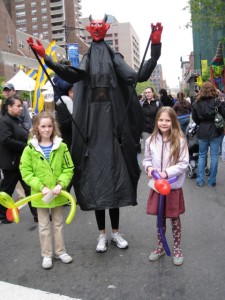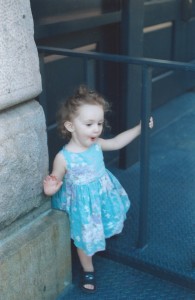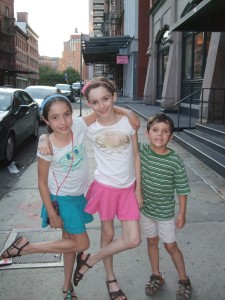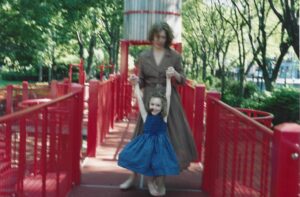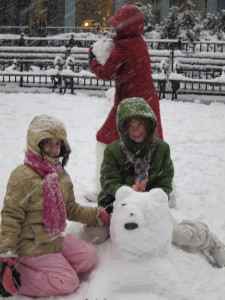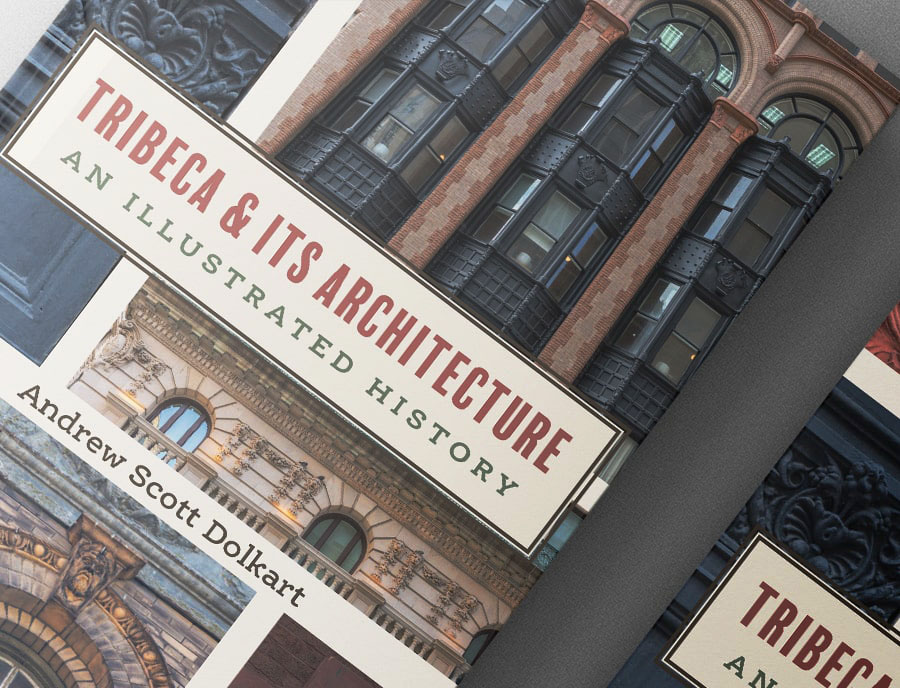Research Says Good Neighborhoods Matter for Kids
But How, Exactly? And what makes a neighborhood “Good”?
The New York Times recently reported on research done by a team from the National Bureau of Economic Research and Harvard University. Using tax returns and survey data, the team tracked “success indicators” about families and children as they moved to different neighborhoods. Children were tracked into their adult life through age 30. All five NYC boroughs and surrounding counties were part of the study.
The key findings:
- “The earlier a family moved to a ‘good’ neighborhood, the better.” Children’s long-run earnings, education, college attendance, employment, marriage rates all improved.
- “What matters is not just the quality of a neighborhood, but also the number of childhood years that one is exposed to it.” To quote the research team: “places have causal effects on children in proportion to the amount of time they spend growing up in the area.” That means Tribeca as a neighborhood affects your children’s future success.
But one of the tricky parts is that researchers aren’t really sure how to define and measure a good neighborhood. They also are not sure how the “the good neighborhood effect” actually transmits. So let’s help them out. Why is Tribeca a good neighborhood for raising kids? How does that “good neighborhood effect” take place here? Here is my list. Would you add anything?
The Factors that Make Tribeca a great neighborhood for growing up:
a first cut list
- Our human-scale architecture creates a sense of calm and warmth and accessiblity. It also gives a sense of aesthetic pleasure that is literally kinetic, which surely contributes to happiness. These intangibles, it turns out, can now be measured and tracked physiologically in a new wave of neuroscience research about how architecture affects our bodies.
- Tribeca kids benefit from its moderate, “just-right” density. Density that is too high would mean living among mostly strangers. Density that is too low means driving everywhere. The upshot: in a place like Tribeca, kids know many of their neighbors and get the feeling that people are looking after them. It means they feel safer and are less likely to get into trouble. And they walk a lot, which is a very good thing.
- Tribeca has great schools (PS 150 and 234 to name just two). This high school quality might be linked to the fact that Tribeca has a very educated population. It signals to kids and teachers the high value the community as a whole puts on education. And certainly a high level of education is a factor related to success in getting a good job. (Note for future research: why did such educated people choose to occupy Tribeca in the first place?)
- Tribeca has very low crime. At a First Precinct Community Council meeting a couple of years back the detective told the group that the most common crime in the precinct was purse-snatching at Century 21, which typically happens to tourists who haven’t learned to watch their purses while trying on clothes (really!).
- Tribeca has a truly great park for little kids, Washington Market Park. That park gives a genuine sense of respite–which lowers stress in parents and kids alike. And everyone’s children mix there, be the parents celebrities or unknown artists.
All that seems reasonable enough. But a big problem we must squarely face is that such a combination of factors is fragile. Overcrowding has become real in our schools and parks. Natural market forces are harming Tribeca by diminishing the human-scale and “just-right” density that made Tribeca great. This is about to worsen due to the Mayoral policy of “hyper-density” and its associated, “let’s just stand down” attitude of the Landmarks Preservation Commission towards historic neighborhoods in Manhattan.
The bright side is that such policies and attitudes can be changed. The downside is that we can’t change them by just talking. We have to actually do something.
If you want to keep Tribeca a moderately dense, beautiful, human-scaled place that is walkable, a place with uncrowded schools and an uncrowded public park like Washington Market, then you need to fight the policies and attitudes that harm Tribeca. And one way to do that is to support Tribeca Trust (and of course keep up your support to the schools and parks.)
You could also sign the petition to protect Tribeca here.
Tribeca Trust also needs your funds to pay for zoning specialists to counter the Mayor’s controversial proposal to up-zone the entire city, increase our density and eliminate contextual zoning. We urgently need to fund alternative zoning proposals that protect the character of this great neighborhood. And time is running out to do this.
Your donation to Tribeca Trust is 100% tax-deductible. Go here to PayPal to make a donation.
References
- Raj Chetty and Nathaniel Hendren,” The Impacts of Neighborhoods on Intergenerational Mobility: Childhood Exposure Effects and County-level Estimates” May 2015. It is available here.
- The Times has a series of articles on the research but it is limited to a discussion of the issues from a county perspective rather than a Zip code perspective, here:
- See the latest neuroscience research at the videotaped conference proceedings of the Academy of Neuroscience for Architecture at www.anfarch.org

